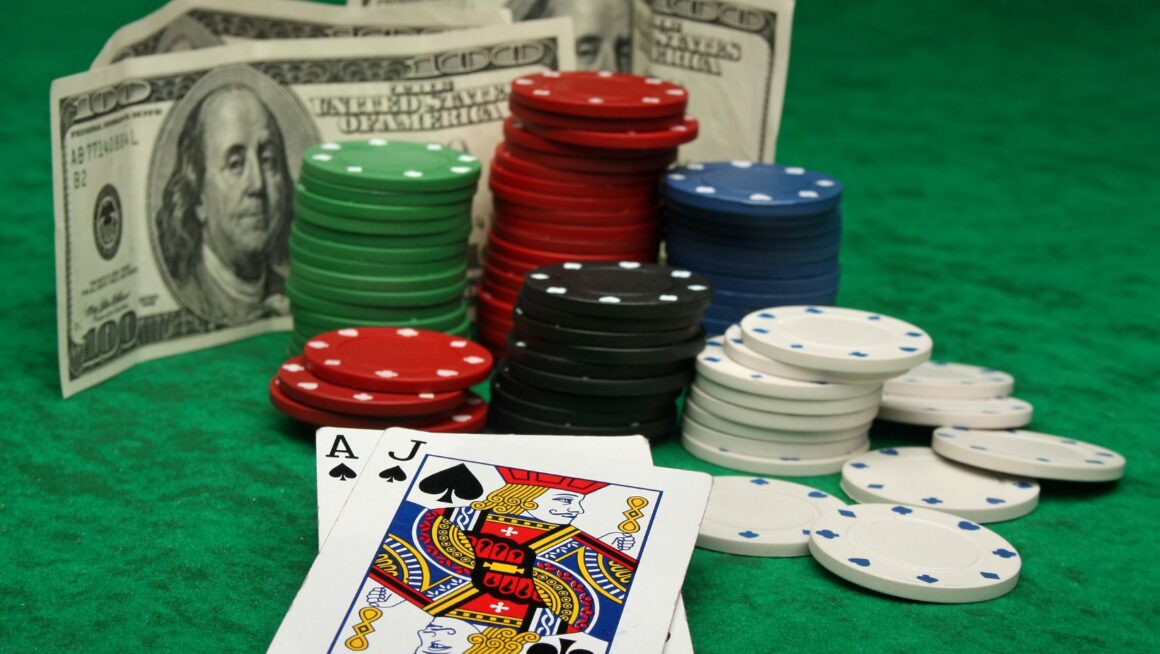Talk is cheap on a casino floor, but math isn’t. In a 3:2 game, proper play can push the edge close to break-even territory compared to many pit games. That’s why seats fill fast and stay that way.
Let’s open the hood and see how payout ratios, deck configurations, and smart play keep blackjack on top.
The Math That Keeps Players Coming Back
Numbers drive blackjack more than luck or legend. When a player follows basic strategy, a standard 3-to-2 game significantly reduces the house edge. Those odds are backed by tested decision trees that guide every key move. Compare that to games with much larger fixed edges, and the appeal becomes clear. It’s hard to ignore a table where wise choices have a measurable impact on expected value.
Variance also behaves better than in many pit games. Standard deviation per hand usually hovers around a little over one betting unit, which means bankroll swings are meaningful but not chaotic. This keeps session results within a range that can be analyzed and planned for. Players who track results over hundreds of hands can actually forecast the ride instead of guessing at it.
This same math applies when the game transitions to digital tables. Players who enjoy playing blackjack online for real money can still utilize these strategies to their advantage. The key rules and payout structure match what you find at physical tables. With verified game software and clear rule sets, the edge remains measurable and transparent.
The House Rules That Make or Break Your Odds
Rule packages in blackjack aren’t decoration. They meaningfully change expected value. A 6:5 payout on a natural instead of 3:2 adds roughly 1.4 percentage points to the house edge. Dealer hits soft 17, and the edge nudges up around two-tenths of a percent.

More decks mean a bigger house edge, too. Jumping from a single deck to six or eight can lift the edge by about half a percent if no rules counter it. The effect is apparent when you tally outcomes.
Favorable options work in the player’s favor. Late surrender reduces the edge slightly over many hands. Doubling after splits, especially with hands like split 8s against weak dealer cards, also helps. Penetration affects advantage play, but deeper penetration gives non-counters more card information before the shuffle, making borderline decisions clearer.
Fast Pace, Real Payouts, Clean Data
Speed makes blackjack a workhorse on any floor. A full table might see 60 to 80 hands per hour, while heads-up can push well past 100 and even approach 200 with an efficient dealer. Throughput matters because it amplifies small edges and exposes weak plays more quickly. Every decision is repeated dozens of times in a single session, creating a robust sample without requiring days of play.
Payout clarity is another reason the game endures. Most results are 1:1 or 3:2 on naturals, with doubles resolving at 2:1 relative to the base bet. This structure keeps accounting straightforward for both player and house. Edge, variance, and return can be modeled with simple spreadsheets and verified against results. When outcomes are easy to audit, trust in the game’s integrity builds. That consistency keeps seats occupied.
Table Economics That Work for Both Sides
Casinos like blackjack because the hold is predictable once the rules and average bet are set. A low edge doesn’t necessarily mean low revenue when the game delivers high hands per hour and a consistent drop.
On the other side, players value that same predictability because it allows real bankroll planning. A patron can forecast the expected loss per hour by multiplying the average bet, hands per hour, and house edge, then layering variance to plan the session length. That’s practical, not theoretical.
Side bets deserve a clear-eyed look as well. They often carry higher house edges, sometimes several percentage points, due to their rare payouts. For long-term players, these bets reduce efficiency. Sticking to the main bet and avoiding costly side wagers preserves blackjack’s low house edge and steady hand volume.
Adaptable Formats and Tournaments That Drive Action
Blackjack maintains its core identity across any format, whether it’s single, double, or multi-deck, with cards dealt by hand or machine. The decision engine remains unchanged, ensuring consistency. This flexibility allows operators to adjust the game to various crowds and betting limits while maintaining transparency. Online and mobile versions adhere to the same rules and payouts, ensuring player expectations remain consistent.

Tournaments add a layer of strategy, shifting the focus from individual hand value to chip position, table order, and bet correlation. Late-position players protect leads with small bets, while those trailing take larger risks. Final hands become a strategic contest of sizing and coverage, with the leader’s next move in mind. It’s still blackjack, now optimized for a competitive, fixed-round environment.
America’s Unshakeable Card King
From riverboat decks to mobile tables, blackjack has survived every shift in American gambling. What sets it apart isn’t nostalgia or marketing but a foundation of rules and probabilities that remain unshaken. As long as players chase efficiency and casinos seek steady volume, blackjack will stay the card game everyone else is measured against.

